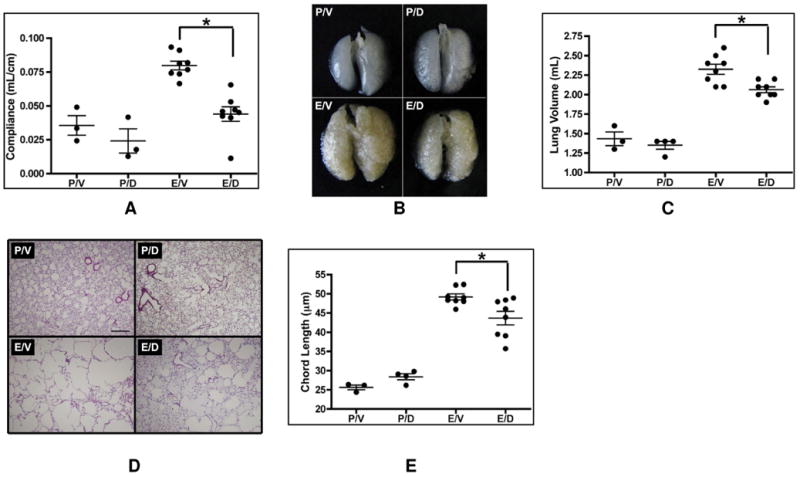Figure 3. In Vivo Characterizations of 4-MDM in Murine Intra-nasal Elastase-induced Pulmonary Emphysema.

Mouse lungs were assessed 28 days after either intra-nasal (IN) elastase or vehicle exposure with either daily intra-peritoneal (IP) injection of 4-MDM or vehicle treatment in WT mice at the ages of 6-8 weeks. All mice were sacrificed at the ages of 10-12 weeks. P=IN phosphate buffered saline vehicle, E=IN elastase; V=IP peanut oil drug vehicle; D=IP 4-MDM; horizontal line is the mean of each group; vertical bars are +/- SEM; and * indicates p < 0.05.
(A) Pre mortem lung compliance measurement with a Scireq Flexivent. As emphysema worsens, compliance increases.
(B) Representative pictures of the gross mouse lungs after harvested en block, inflated at a uniform 25cm water pressure, and fixed in paraformaldehyde for 18 hours. These are a representative pictures of the lungs used for lung volume measurement.
(C) Post mortem lung size measurement by volume displacement technique after inflating the lungs with a uniform 25cm water pressure. As emphysema worsens, the sizes of the lungs increase.
(D) Representative H&E histology pictures of the mice lungs used for the chord length measurement. Large holes are emphysematous alveoli. These pictures were taken at 5× magnification.
(E) Post mortem computerized measurement of average alveolar sizes. As emphysema worsens, lung loses elasticity, and therefore, alveolar sizes increase when inflated with a uniform 25 cm water pressure.
